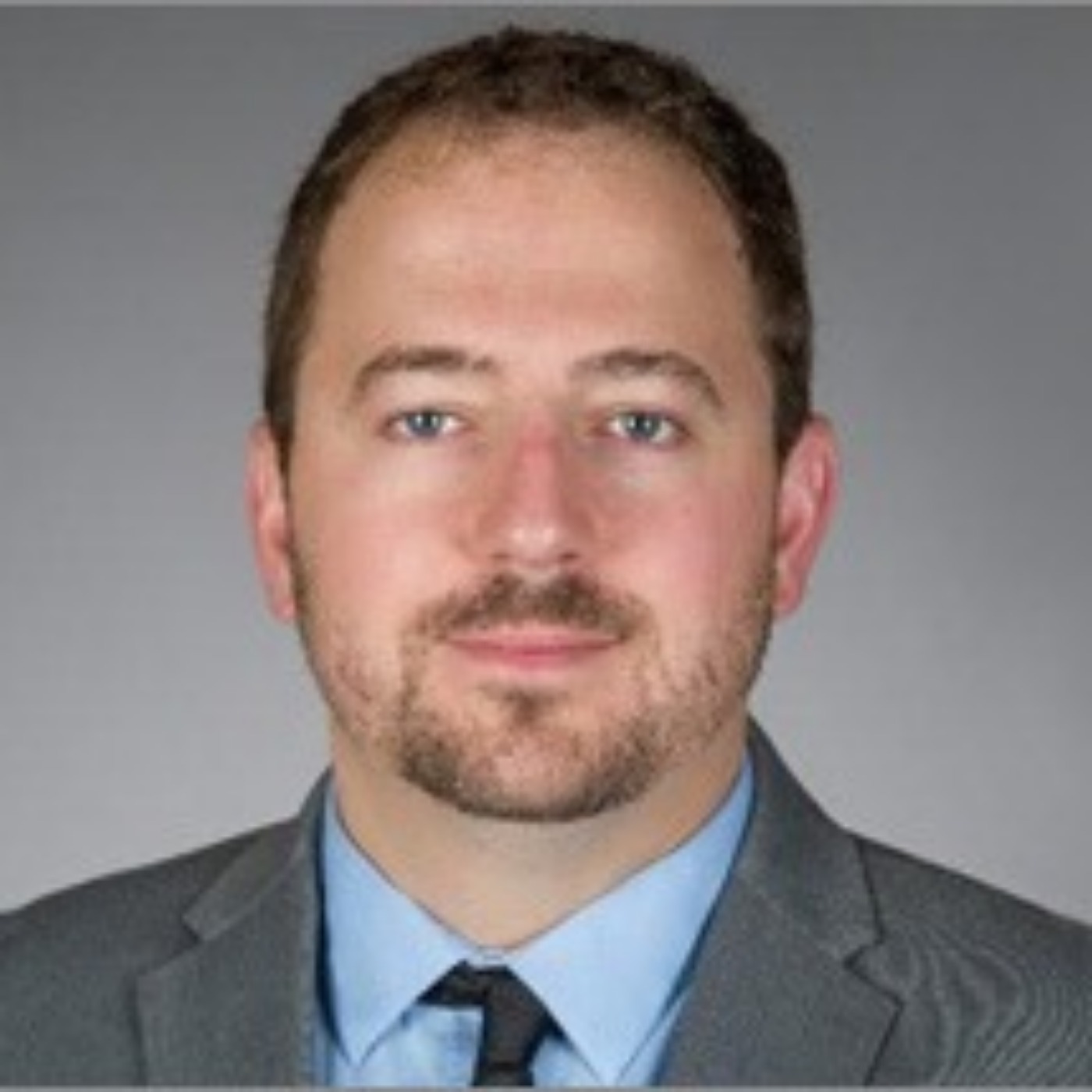- Health
- SEE MORE
- classical
- general
- talk
- News
- Family
- Bürgerfunk
- pop
- Islam
- soul
- jazz
- Comedy
- humor
- wissenschaft
- opera
- baroque
- gesellschaft
- theater
- Local
- alternative
- electro
- rock
- rap
- lifestyle
- Music
- como
- RNE
- ballads
- greek
- Buddhism
- deportes
- christian
- Technology
- piano
- djs
- Dance
- dutch
- flamenco
- social
- hope
- christian rock
- academia
- afrique
- Business
- musique
- ελληνική-μουσική
- religion
- World radio
- Zarzuela
- travel
- World
- NFL
- media
- Art
- public
- Sports
- Gospel
- st.
- baptist
- Leisure
- Kids & Family
- musical
- club
- Culture
- Health & Fitness
- True Crime
- Fiction
- children
- Society & Culture
- TV & Film
- gold
- kunst
- música
- gay
- Natural
- a
- francais
- bach
- economics
- kultur
- evangelical
- tech
- Opinion
- Government
- gaming
- College
- technik
- History
- Jesus
- radio
- movies
- services
- Church
- podcast
- Education
- international
- Transportation
- Other
- kids
- podcasts
- philadelphia
- Noticias
- love
- sport
- Salud
- film
- and
- 4chan
- Disco
- Stories
- fashion
- Arts
- interviews
- hardstyle
- entertainment
- humour
- medieval
- literature
- alma
- Cultura
- video
- TV
- Science
- en
Synthetic Recreations of Nature Using Supramolecular InteractionsDr. Matt WebberDepartment of Chemical and Biomolecular Engineering at the University of Notre Dame

b'
\\u201cWe are fundamentally interested in how we can use these [supramolecular] interactions to build systems that resemble or recreate the living world,\\u201d says Dr. Matt Webber, principle investigator in the Webber Lab at the University of Notre Dame. He\\u2019s an engineer by training and a self-taught chemist who works among an interdisciplinary group of engineers, biologists, and chemists who all have the same primary objective: to discover what types of structures can be engineered using the principles of supramolecular chemistry (i.e. non-covalent interactions between molecules) and to what degree they can control and direct those structures to meet certain therapeutic or clinical ends.
Consider viruses, for example: with perfect symmetry and comprised of the exact number of components necessary for structure and function, they are perfectly defined structures in nature. According to Dr. Webber, the ability to synthetically create structures with similar form and function could allow for us to have precise control over powerful and useful molecules. Among other topics, Dr. Webber discusses interest in creating structures with host recognition ability like immune systems, the development of a shear-thinning and self-healing hydrogel, and their recent work on a drug that might act as a protective mechanism against dangerous drops in blood glucose levels.
Tune in for the full conversation, and check out\\xa0http://www.webberlab.com/\\xa0for more info.\\xa0
'